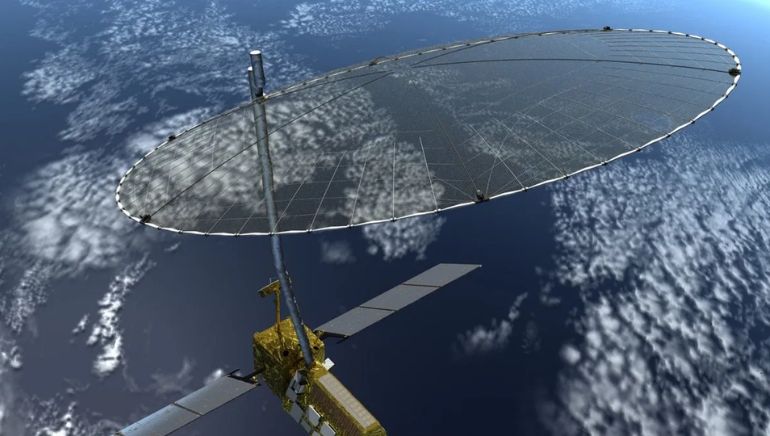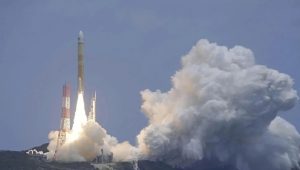Laurie Leshin, Director of NASA’s Jet Propulsion Laboratory (JPL), has lauded the collaboration with Indian space agency, ISRO, calling it the most significant technological partnership between the US and India in space exploration history.
Set for liftoff in the first quarter of 2024, the NASA-ISRO Synthetic Aperture Radar (NISAR) will utilise the world’s most expensive Earth imaging satellite to study climate change.
NISAR marks the first collaboration between NASA and ISRO on hardware development for an Earth-observing mission. It aims to shed light on how changes in the ecosystems of forests and wetlands influence the global carbon cycle and climate change.
The JPL, managed by Caltech in Pasadena, spearheads the US segment, which is contributing the L-band SAR, radar reflector antenna, deployable boom, communication subsystem, GPS receivers, solid-state recorder, and payload data subsystem to NISAR.
The U.R. Rao Satellite Centre in Bengaluru takes the lead for the ISRO component, which has provided the spacecraft bus, S-band SAR electronics, launch vehicle, launch services, and satellite mission operations.
NISAR’s comprehensive monitoring will occur approximately every 12 days and go beyond studying just climate change. It will encompass the dynamics of forests, wetlands, and agricultural lands, enhancing scientific understanding across various observables.















